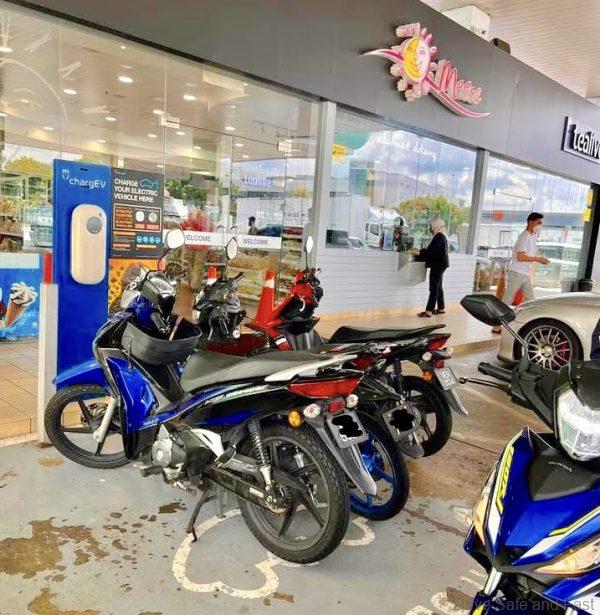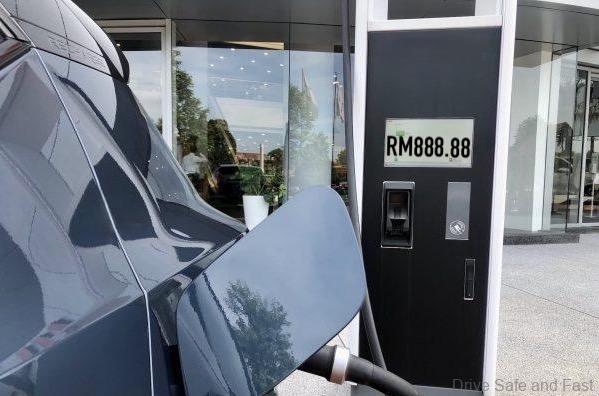Are Malaysian EV Charging Station Operators Making Enough To Continue
FACT! While charge-point operators (CPO) can follow multiple strategies for generating revenues, two business models are now most common. A recent mckinsey.com report shares some information on how its being done in North America, which has been one of the longest in the EV business.
There are two types of public charging: direct current fast charging (DCFC), which is used along highways and for fast fill-ups, and slower Level 2 (L2) charging, which is available at places such as grocery stores, shopping malls, new car dealerships, golf courses and banks, where people may park for longer periods.

Owner-operator. Under this model, the charge-point operator is responsible for all capital costs, including hardware and installation, and for all ongoing operations and maintenance.
Owner-operators generate revenue by selling electricity and through other streams (for instance, incentives and energy credits). Currently, three companies which are Electrify America, Evgo, and Tesla, have 80 percent of the market for public DCFC charging.

Solution providers (site-host owners, third-party operators). Under this model, the charge-point operator sells chargers to a site host, such as a grocery store or dealership, which bears the cost of hardware and installation. The site host also pays the operator an ongoing fee for operations and maintenance.
EV charging infrastructure providers ae either owner operators or solution providers.
Regardless of business model, the up-front capital costs for fast charging stations are high.
A 150 to 350kW DCFC charging unit can cost anywhere from USD45,000 to over USD100,000, and installation costs can range from USD40,000 to over USD150,000.
Additionally, grid upgrade and integration costs can amount to millions, depending on the number of fast chargers installed at the location.
Assuming 15 percent utilization which is equivalent to about seven 30-minute charging sessions per day, the hypothetical station would generate USD265,000 to USD285,000 in annual revenue, given a price of USD0.45 per kWh dispensed. (Pricing may vary by time of day).
On the cost side, it is assumed annual expenses of USD220,000 to USD250,000 for electricity, demand charge rates, fixed operational expenditures, R&D, and Capital expenditure depreciation would total about USD85,000 to USD95,000 yearly. With these metrics, the EV charging station would lose about USD40,000 to USD50,000 per year in EBIT.
Government subsidies or credits can improve the bottom line at public fast charging stations in North America.

